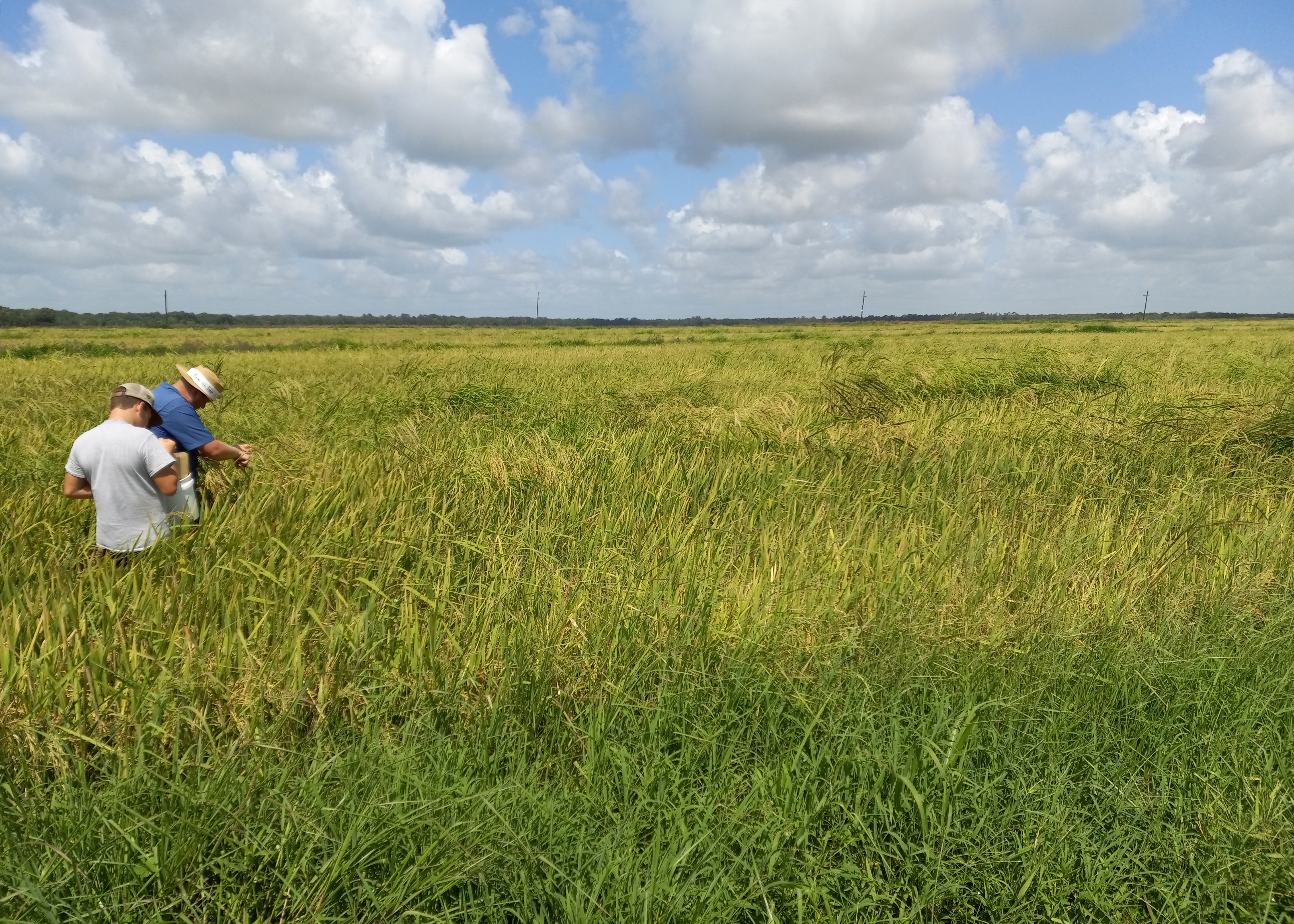Researchers at Huazhong Agricultural University have made a significant breakthrough in the field of horticulture. Their study (DOI: 10.1093/hr/uhae057), published in the prestigious journal Horticulture Research on February 28, 2024, reveals the role of the CmoDREB2A gene from pumpkin in improving the salt tolerance of cucumbers through grafting techniques.
This pioneering study delves deep into the molecular dynamics at play when pumpkin’s CmoDREB2A gene is introduced into cucumber through grafting. The research meticulously documents how this gene interacts with the cucumber’s CmoNAC1 to form a robust regulatory mechanism that enhances the plant’s salt tolerance. The duo’s synergistic action triggers an upregulation of antioxidant and hormone production, specifically hydrogen peroxide (H2O2) and abscisic acid (ABA), which are pivotal for managing the oxidative and osmotic stress induced by high salinity. Additionally, the study elucidates the gene complex’s role in modulating the K+/Na+ ion balance, a key determinant of cellular health under saline conditions. The intricate interplay between these transcription factors and their target genes provides a comprehensive understanding of the genetic architecture supporting salt tolerance, offering a molecular breeding strategy that could lead to the development of crops better equipped to flourish in saline environments.
Dr. Zhilong Bie, corresponding author, emphasizes, “Our findings not only provide insights into the molecular mechanisms of plant adaptation to saline environments but also pave the way for developing new strategies in molecular breeding to combat soil salinization.”
The application of these findings could revolutionize agricultural practices in saline-affected regions, potentially increasing crop yields and ensuring food security. The implications of this research extend to global agriculture, offering a sustainable solution to one of the most pressing abiotic stressors in farming.
###
References
DOI
Original Source URL
https://doi.org/10.1093/hr/uhae057
Funding information
This research was supported by grants from the National Natural Science Foundation of China (32372794, 31772357, 32072653), Natural Science Foundation of Hubei Province (2019CFA017), Ningbo Scientific and Technological Project (2021Z006), and the Fundamental Research Funds for the Central Universities (2662023YLPY008).
About Horticulture Research
Horticulture Research is an open access journal of Nanjing Agricultural University and ranked number one in the Horticulture category of the Journal Citation Reports ™ from Clarivate, 2022. The journal is committed to publishing original research articles, reviews, perspectives, comments, correspondence articles and letters to the editor related to all major horticultural plants and disciplines, including biotechnology, breeding, cellular and molecular biology, evolution, genetics, inter-species interactions, physiology, and the origination and domestication of crops.


